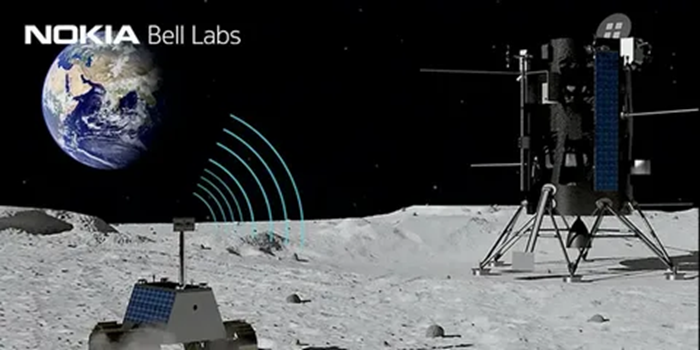NASA has launched the first 4G cellular network on the Moon. Nokia equipment was delivered to the south pole of the satellite as part of the Athena lunar module, developed by private company Intuitive Machines.
The landing was not perfect: the device slightly fell to the side, but, according to engineers, this did not affect the serviceability of the equipment. In the near future, NASA will begin testing the connection, which will be an important element of future missions.
The lunar network is a local data transmission system, so it will not be possible to call Earth with it. However, it will provide reliable communication for future astronauts of the Artemis-3 mission, as well as data transfer between scientific instruments and robotic devices, such as the MAPP lunar rover and the Micro Nova Hopper drone.
Nokia equipment is assembled in a compact Network-in-a-Box module, which includes everything necessary for the network to operate, except for the antenna and power source. The antenna is installed on the landing module, and the system receives energy from its solar panels. However, the connection will only work for a few days – the devices will most likely not survive the first lunar night.
The deployment of a 4G network on the Moon is the first step towards creating a full-fledged communications infrastructure for future explorers. In the future, Nokia plans to launch a larger 4G or 5G network that will cover the Artemis lunar base. Work is also underway to integrate mobile communications into the new Axiom spacesuits, which will allow astronauts to maintain contact with each other and with ground services.
Not everyone is happy with this idea: LTE frequencies partially overlap with ranges reserved for radio astronomy, which can interfere with observations. In addition, 4G frequencies are not yet included in the list of internationally approved ranges for lunar missions, so Nokia received special permission only for the current experiment. In the future, the company will have to choose a different frequency range, but the network will remain compatible with the usual 4G and 5G standards.
